More grey seal pups are being born on British coastlines than ever.
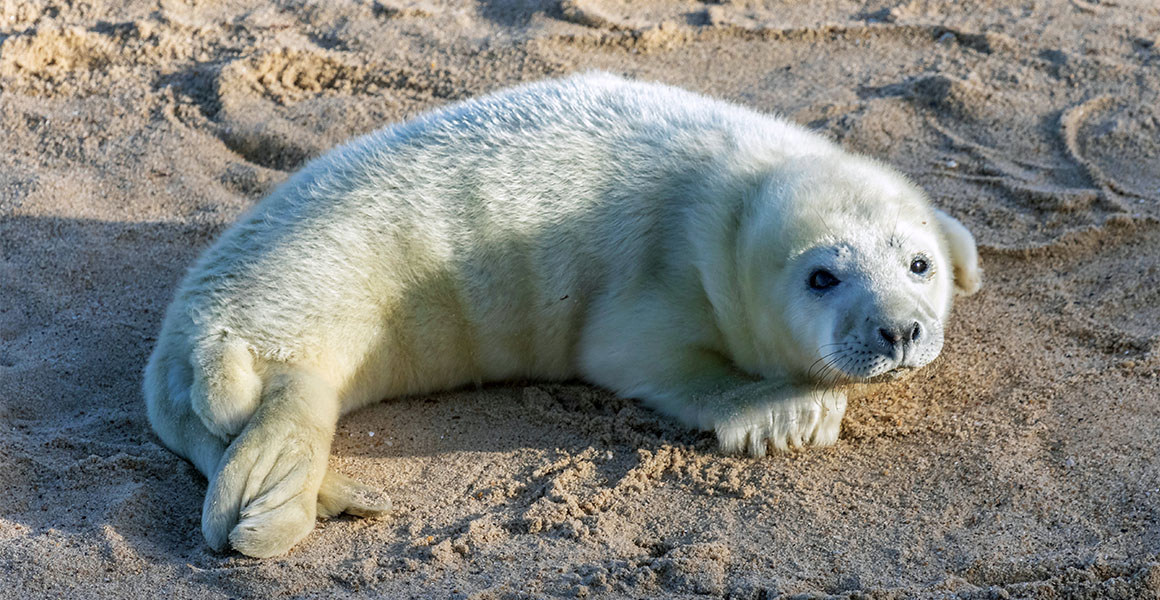
A grey seal pup on a Norfolk beach. Image: Shutterstock.com.
Grey seal numbers have boomed over the last three decades, with more and more pinnipeds making British beaches their nurseries.
There are two species of seal in the UK: common (or harbour) and Atlantic grey.
Grey seals in Britain
About half of the world's population of grey seals is found around Britain. They spend most of their lives out at sea, but every winter they come to the shore to breed.
They can be spotted around the country, but one of the biggest colonies of grey seals is off the Norfolk coast, where this year wardens have counted a record number of pups.
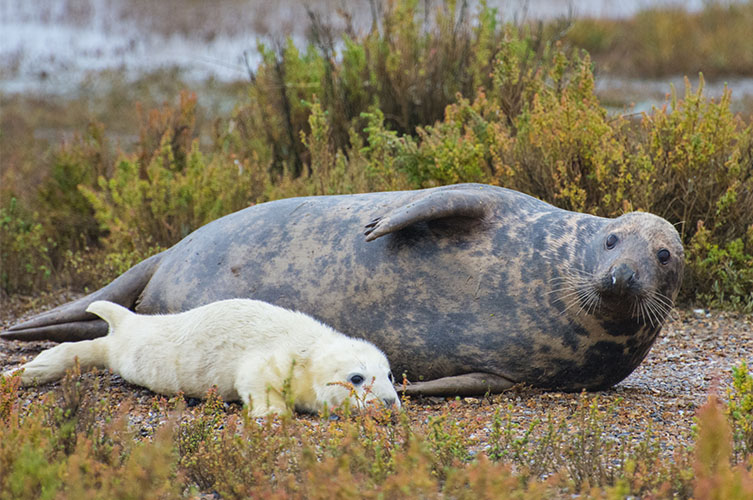
A grey seal cow with her newborn pup. Image: Shutterstock.com.
They congregate at two Norfolk locations, Blakeney Point in the north and Horsey Beach in the east.
In 2001, just 25 pups were born at Blakeney Point in Norfolk. But this year more than 2,700 have been counted.
Down the coast at Horsey, 2,034 pups were born by the end of December - over 200 more than last year.
Record numbers have also been reported in the Farne Islands, off the Northumberland coast. The National Trust reported that the number of youngsters born at the colony has risen by almost 50% over five years.
Horsey Beach seals
Friends of Horsey Seals (FOHS) are a volunteer group, set up in 2011 to monitor and protect the expectant seal mothers and their pups. Each year volunteer wardens patrol the beaches and educate the public about the seal colony.
Dominic Cragoe is one of them. The retired head teacher has been monitoring Horsey Beach for several years, and says he is delighted that the colony is doing so well.
During his days volunteering, he greets visitors to the beach and educates people about the seals. He also makes sure that people give the animals plenty of space to give birth and rest.
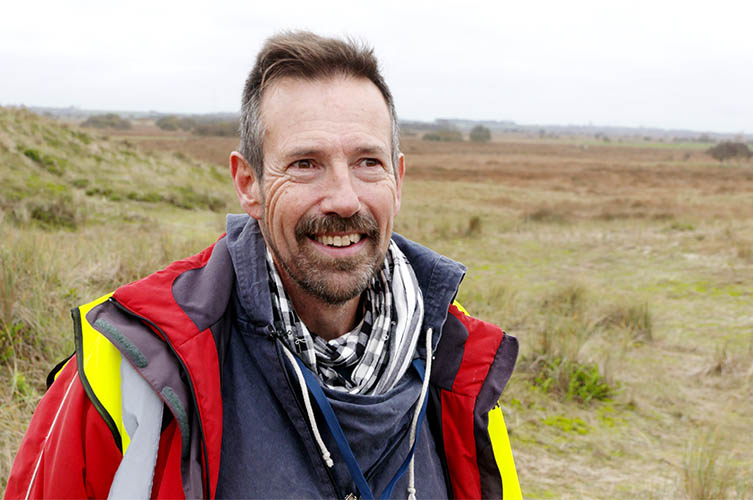
Dominic Cragoe is a volunteer who spends his winter weekends looking out for Norfolk's seals and educating the public about how to keep them safe. Image: Callum Mair.
He says, 'In the mid 90s there were about 20 to 50 pups born, but last year here there were 1,800, which is a huge amount, and it is primarily because the beach is a safe area for the seals to be.
'It is lovely to see them doing so well. What's even nicer is the public's interest. The vast majority of people who visit are really interested and very respectful, and they know it is a huge privilege to be in the area with the seals on the beach.'
The species is doing well largely because the seals have no natural predators in Britain, and because measures are being taken to protect them.
And the large, open beaches in Norfolk are perfect for new mums to take shelter.
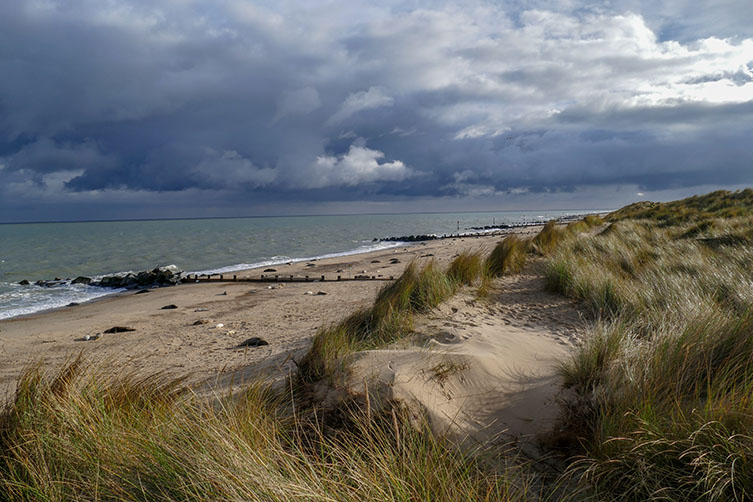
Seal mothers and pups nestle among sand dunes at Horsey Beach in Norfolk. Image: Shutterstock.com.
Dominic says, 'If the seals are put in danger by high tides or strong winds, they can come right up into the dunes here at Horsey and take shelter.
'In Norfolk there are vast stretches of sand where they can bask and birth easily, as opposed to other areas where the tide line is quite high up to the cliff and there's not enough space for them.
'They also don't generally feel threatened by humans in the managed environment at Horsey, although the bull seals certainly view humans as a threat if we encroach into their space during the birthing season - and they will attack us if we get too close.'
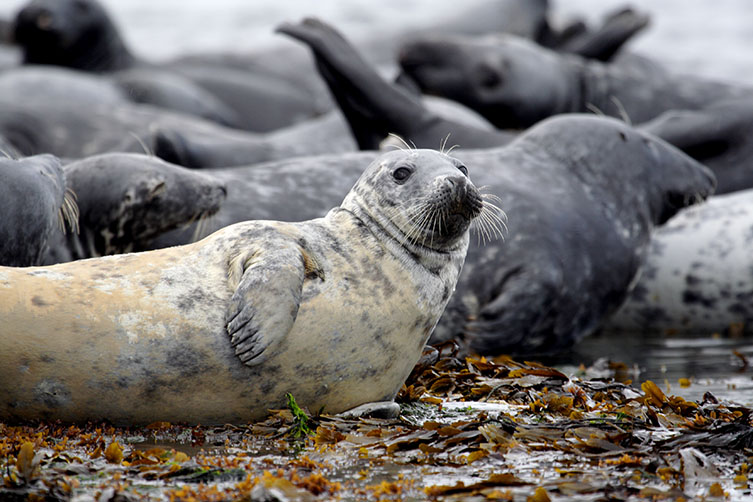
Grey seals haul out on beaches in the winter to birth, and in the spring to moult. Image: Shutterstock.com.
The big seal haul out
For most of the year, grey seals spend their time in the ocean, swimming up to Scotland and Iceland and back. Theyfollow herring shoals and other fish.
Grey seal mothers haul out onto beaches between October and January to give birth.
They spend three weeks ashore weaning their newborn pups with fatty milk, before abandoning their young and mating again. After they have mated, adult seals will take to the sea to feed.
The pups gain weight quickly, tripling their birth weight in just three weeks. Typically, a pup will go from weighing about 15 kilogrammes to 45 kilogrammes during its time on the beach.
After three weeks of suckling, a pup will spend another few weeks resting and growing its waterproof coat before following the adults into the water.
Threats to seals
Although grey seals are the top of the food chain, they can face dangers. While lying on beaches, pups can be hurt by high tides, strong winds, dog bites and human contact. If humans were to touch the pups, the mums would immediately desert them and they would starve.
Fishing gear and marine plastic can also kill seals, and this year there have been many reports of seals getting Frisbees stuck around their necks.
Animal charities and centres up and down the country work to rescue and rehabilitate injured animals, returning some of them safely to the sea.
Where to see seals in the UK
Pupping season is different in each colony, ranging from early September to January.
The following areas provide good vantage points:
- Horsey Gap and Blakeney National Nature Reserve in Norfolk
- The Farne Islands in Northumberland
- The Orkney Islands in Scotland
- Mutton Cove in Cornwall
- Donna Nook in Lincolnshire
- The Calf of Man on the Isle of Man
- South Walney Nature Reserve in Cumbria
- The Isles of Scilly
- Skomer Island in Pembrokeshire
If you are going to visit seal colonies, remember to keep a safe and respectful distance, keep dogs on leads and never touch the seals.
Adult males are aggressive during pupping season and can be a danger to dogs and humans if you get too close.
Never try to put a seal pup into the ocean - they will go when they are ready. If you see a seal in trouble, call the British Divers Marine Life Rescue team.
Moulting season
The seals return to Horsey for the annual moulting season during March and April. The beach is fully open during this time, and FOHS volunteers are on hand to monitor the animals. The seals are much more placid during the moulting season than they are during the pupping season, although visitors are advised to stay at least 10 metres away from them.
How you can help to protect seals
The following charities work to protect marine mammals in Britain:

British wildlife
Find out about the plants and animals that make the UK home.
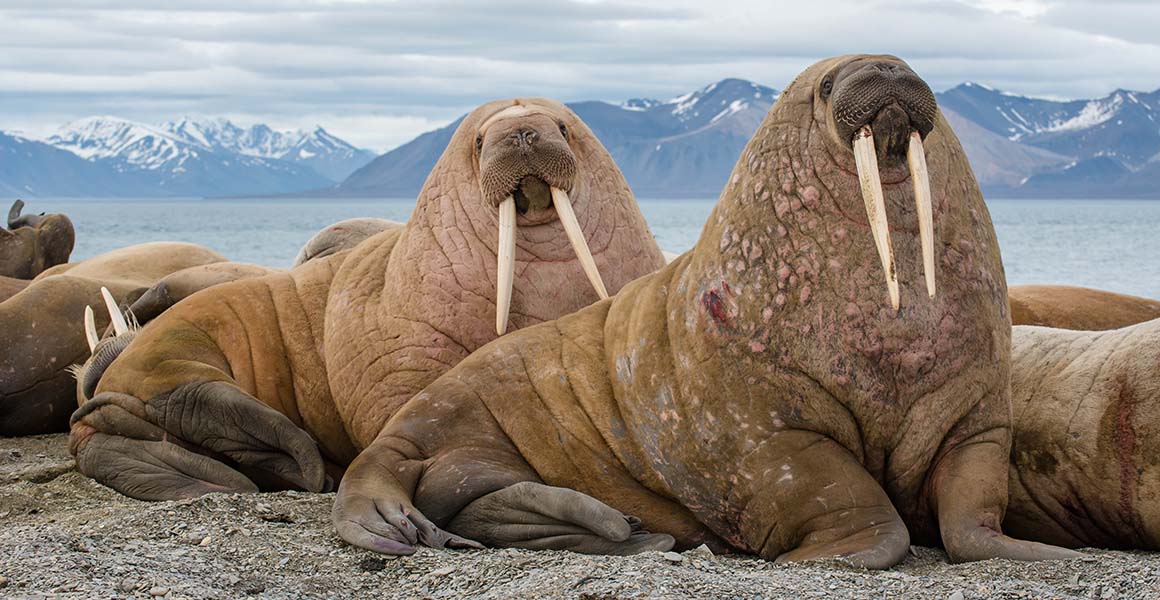

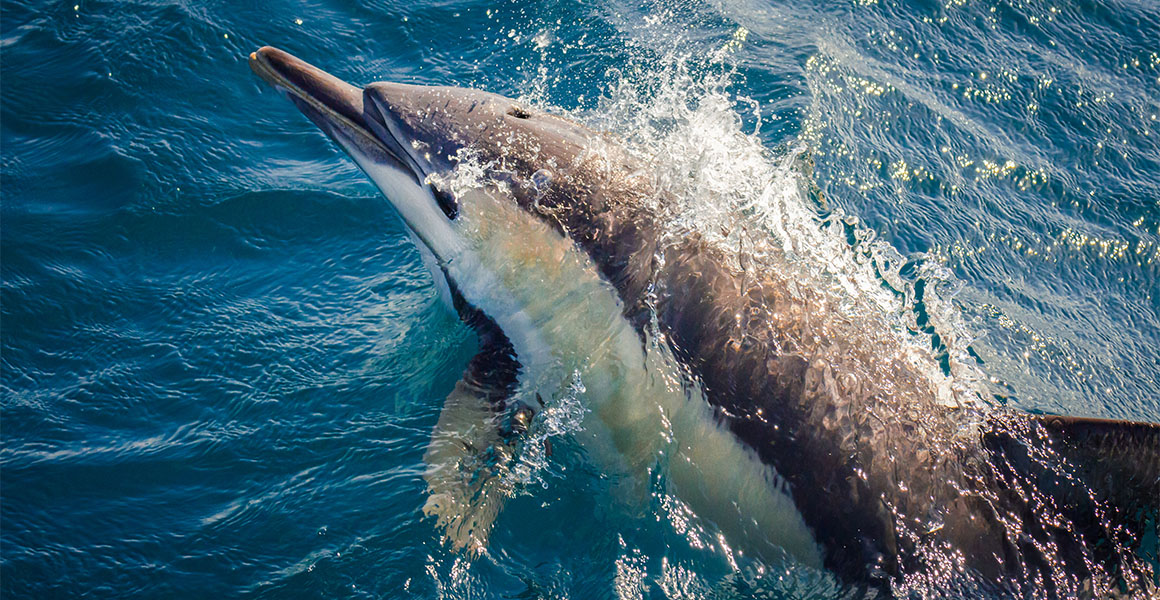
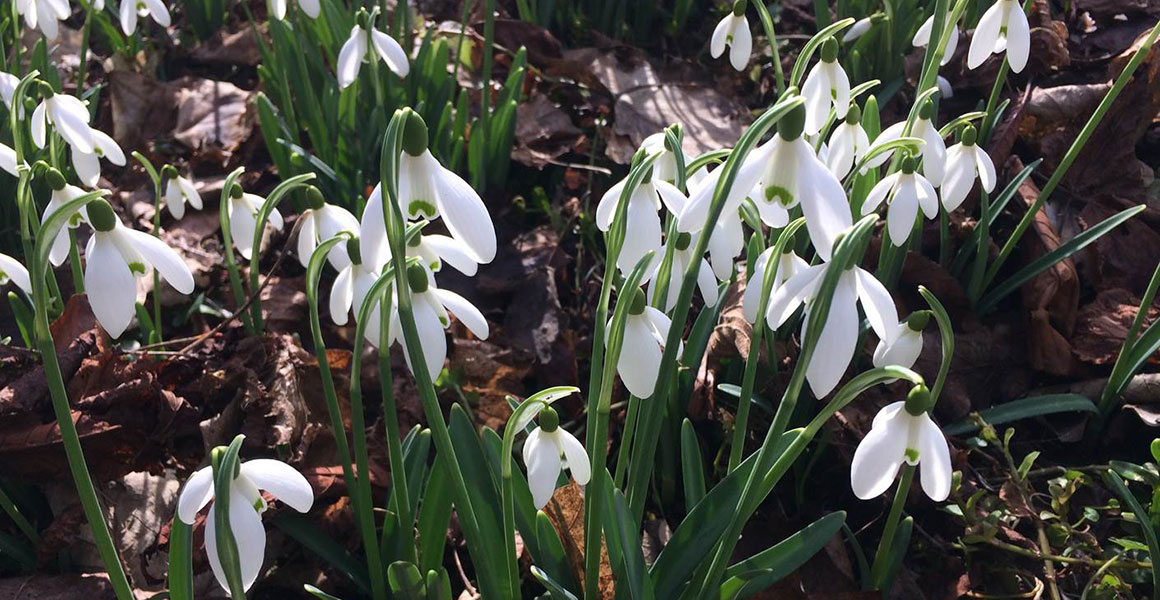
Don't miss a thing
Receive email updates about our news, science, exhibitions, events, products, services and fundraising activities. We may occasionally include third-party content from our corporate partners and other museums. We will not share your personal details with these third parties. You must be over the age of 13. Privacy notice.
Follow us on social media